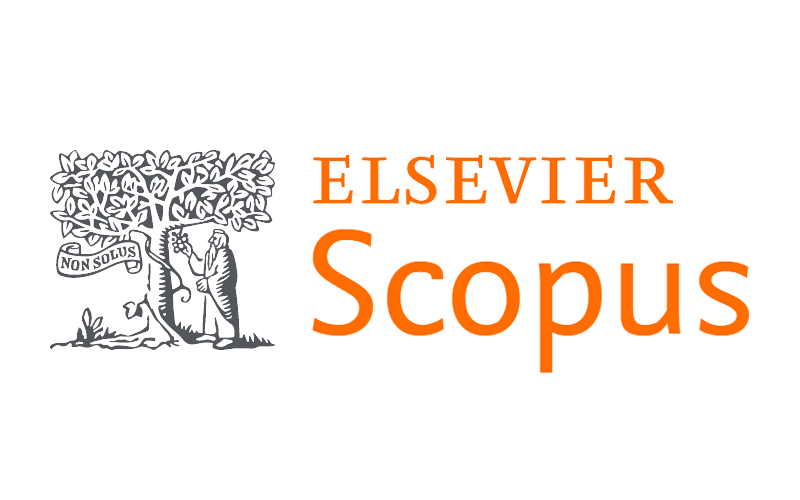Bronchiolitis versus bronchopneumonia: navigating antibiotic use within the LRTI spectrum
DOI:
https://doi.org/10.7196/SAMJ.2023.v113i6.709Keywords:
LRTI, bronchiolitis, pneumonia, children, antibiotic stewardshipAbstract
Bronchiolitis, a common reason for infant hospitalisation in South Africa (SA), is caused by viral pathogens. Bronchiolitis is typically an illness of mild to moderate severity that occurs in well-nourished children. Hospitalised SA infants frequently have severe disease and/or coexisting medical conditions, and these cases of bronchiolitis may have bacterial co-infection that requires antibiotic therapy. However, the existence of widespread antimicrobial resistance in SA warrants the judicious use of antibiotics. This commentary describes: (i) common clinical pitfalls leading to an incorrect diagnosis of bronchopneumonia; and (ii) considerations for antibiotic therapy in hospitalised infants with bronchiolitis. If antibiotics are prescribed, the indication for their use should be clearly stated, and antibiotic therapy must be stopped promptly if investigations indicate that bacterial co-infection is unlikely. Until more robust data emerge, we recommend a pragmatic management strategy to inform antibiotic use in hospitalised SA infants with bronchiolitis in whom bacterial co-infection is suspected.
References
Jain S, Williams DJ, Arnold SR, et al. Community-acquired pneumonia requiring hospitalisation among U.S. children. N Engl J Med 2015;372(9):835-845. https://doi.org/10.1056/ NEJMc1511751
Zar HJ, Barnett W, Stadler A, Gardner-Lubbe S, Myer L, Nicol MP. Aetiology of childhood pneumonia in a well vaccinated South African birth cohort: A nested case-control study of the Drakenstein Child Health Study. Lancet Respir Med 2016;4(6):463-472. https://doi.org/10.1016/S2213- 2600(16)00096-5
Pneumonia Etiology Research for Child Health (PERCH) Study Group. Causes of severe pneumonia requiring hospital admission in children without HIV infection from Africa and Asia: The PERCH multi-country case-control study. Lancet 2019;394(10200):757-779. https://doi.org/10.1016/S0140- 6736(19)30721-4
Meissner HC. Viral bronchiolitis in children. N Engl J Med 2016;374(18):1793-1794. https//doi/.org/10.1056/NEJMc1601509 5. Von Mollendorf C, Berger D, Gwee A, et al. Aetiology of childhood pneumonia in low- and middle-income countries in the era of vaccination: A systematic review. J Glob Health
;12:10009. https://doi.org/10.7189/jogh.12.10009
Guitart C, Alejandre C, Bobillo-Perez S, et al. Risk factors and incidence of invasive bacterial infection in severe bronchiolitis: The RICOIB prospective study. BMC Pediatr 2022;22(1):140.
https://doi.org/10.1186/s12887-022-03206-4
Zar HJ, Moore DP, Andronikou A, et al. Diagnosis and management of community-acquired pneumonia in children: South African Thoracic Society guidelines. Afr J Thorac Crit Care Med 2020;26(3):98-116. https://doi.org/10.7196/ AJTCCM.2020.v26i3.104
Florin TA, Plint AC, Zorc JJ. Viral bronchiolitis. Lancet 2017;389(10065):211-224. https://doi.org/10.1016/S0140- 6736(16)30951-5
Ralston SL, Lieberthal AS, Meissner HC, et al. Clinical practice guideline: The diagnosis, management, and prevention of bronchiolitis. Pediatrics 2014;134(5):e1474-e1502. https:// doi.org/10.1542/peds.2014-2742 (Erratum in: Pediatrics 2015;136(4):782. https://doi.org/10.1542/peds.2015-2862)
Rodriguez-Martinez CE, Sossa-Briceño MP, Nino G. Systematic review of instruments aimed at evaluating the severity of bronchiolitis. Paediatr Respir Rev 2018;25:43-57. https://doi. org/10.1016/j.prrv.2016.12.006
HakizimanaB,SaintG,vanMiertC,CartledgeP.Canarespiratory severity score accurately assess respiratory distress in children with bronchiolitis in a resource-limited setting? J Trop Pediatr 2020;66(2):234-243. https://doi.org/10.1093/tropej/fmz055
Bedson W, Wilkinson E, Hawcutt D, Mcnamara P. Severity scores used in the assessment of bronchiolitis: A systematic review. Eur Respir J 2021;58(Suppl 65):OA2846.
Golan-Tripto I, Goldbart A, Akel K, Dizitzer Y, Novack V, Tal A. Modified Tal score: Validated score for prediction of bronchiolitis severity. Pediatr Pulmonol 2018;53(6):796-801. https://doi.org/10.1002/ppul.24007
Higdon MM, Le T, O’Brien KL, et al. Association of C-reactive protein with bacterial and respiratory syncytial virus-associated pneumonia among children aged <5 years in the PERCH study. Clin Infect Dis 2017;64(Suppl_3):S378-S386. https://doi. org/10.1093/cid/cix150
Isa HM, Mohroofi AD, Alkhan FN, et al. C-reactive protein levels in children with acute bronchiolitis. Int J Pediatr 2022;2022:1311936. https://doi.org/10.1155/2022/1311936
Kugelman A. High-flow nasal cannula therapy: Can it be recommended as initial or rescue care for infants with moderate bronchiolitis in the paediatric ward? Eur Respir J 2020;56(1):2001020. https:// doi.org/10.1183/13993003.01020-2020
Mazur NI, Terstappen J, Baral R, et al. Respiratory syncytial virus prevention within reach: The vaccine and monoclonal antibody landscape. Lancet Infect Dis 2023;23(1):e2-e21. https://doi.org/10.1016/ S1473-3099(22)00291-2
Shahabi A, Peneva D, Incerti D, McLaurin K, Stevens W. Assessing variation in the cost of palivizumab for respiratory syncytial virus prevention in preterm infants. Pharmacoecon Open 2018;2(1):53-61. https://doi.org/10.1007/s41669-017-0042-3
Griffin MP, Yuan Y, Takas T, et al. Single-dose nirsevimab for prevention of RSV in preterm infants. N Engl J Med 2020;383(5):415-425. https://doi.org/10.1056/NEJMoa1913556
Hammitt LL, Dagan R, Yuan Y, et al. Nirsevimab for prevention of RSV in healthy late-preterm and term infants. N Engl J Med 2022;386(9):837-846. https://doi.org/10.1056/NEJMoa2110275
Madhi SA, Polack FP, Piedra PA, et al. Respiratory syncytial virus vaccination during pregnancy and effects in infants. N Engl J Med 2020;383(5):426-439. https://doi.org/10.1056/NEJMoa1908380
Simões EAF, Center KJ, Tita ATN, et al. Prefusion F protein-based respiratory syncytial virus immunisation in pregnancy. N Engl J Med 2022;386(17):1615-1626. https://doi.org/10.1056/ NEJMoa2106062
Downloads
Published
Issue
Section
License
Copyright (c) 2023 Ziyaad Dangor, Sanjay Lala, Charl Verwey, Gary Reubenson, Debbie White, David Moore, Prakash Jeena, Refileo Masekela, Heather Zar

This work is licensed under a Creative Commons Attribution-NonCommercial 4.0 International License.
Licensing Information
The SAMJ is published under an Attribution-Non Commercial International Creative Commons Attribution (CC-BY-NC 4.0) License. Under this license, authors agree to make articles available to users, without permission or fees, for any lawful, non-commercial purpose. Users may read, copy, or re-use published content as long as the author and original place of publication are properly cited.
Exceptions to this license model is allowed for UKRI and research funded by organisations requiring that research be published open-access without embargo, under a CC-BY licence. As per the journals archiving policy, authors are permitted to self-archive the author-accepted manuscript (AAM) in a repository.
Publishing Rights
Authors grant the Publisher the exclusive right to publish, display, reproduce and/or distribute the Work in print and electronic format and in any medium known or hereafter developed, including for commercial use. The Author also agrees that the Publisher may retain in print or electronic format more than one copy of the Work for the purpose of preservation, security and back-up.





